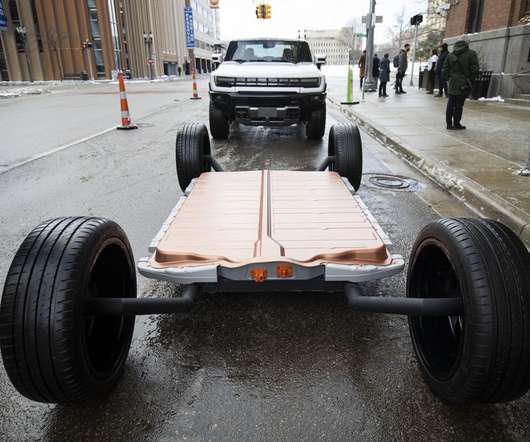Faraday Institution commits a further $31M to battery research to deliver commercial impact
Green Car Congress
APRIL 2, 2021
To meet government’s aim of moving towards a more circular economy, keeping resources in use as long as possible, minimising waste and promoting resource efficiency, the infrastructure for managing lithium-ion batteries when they are removed from electric vehicles (EVs) must be developed.











Let's personalize your content